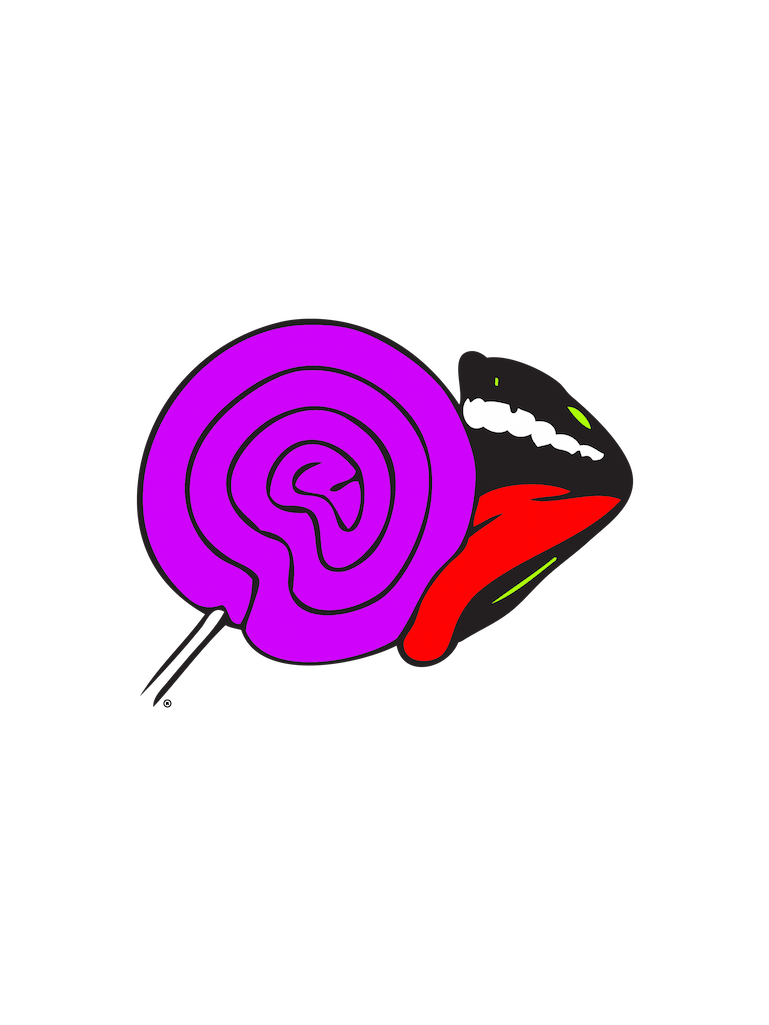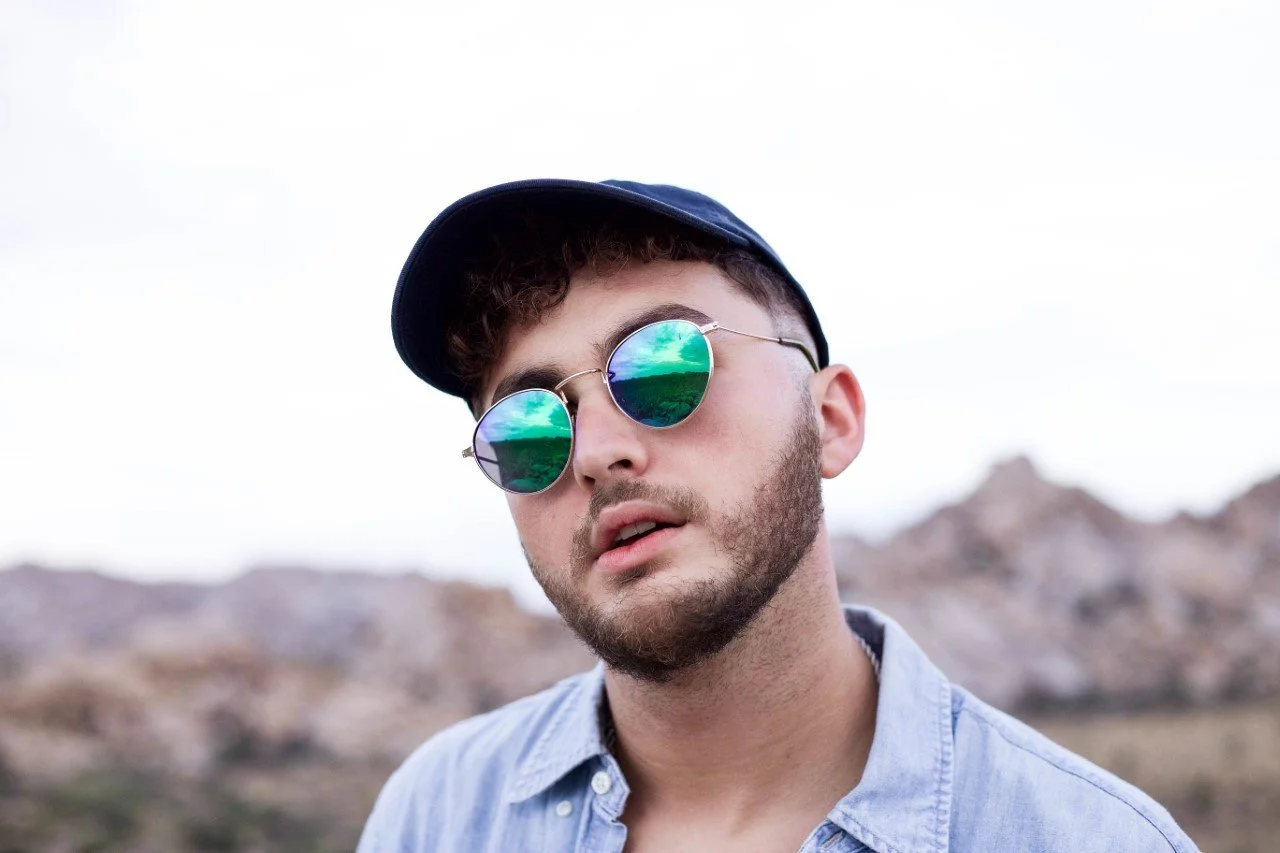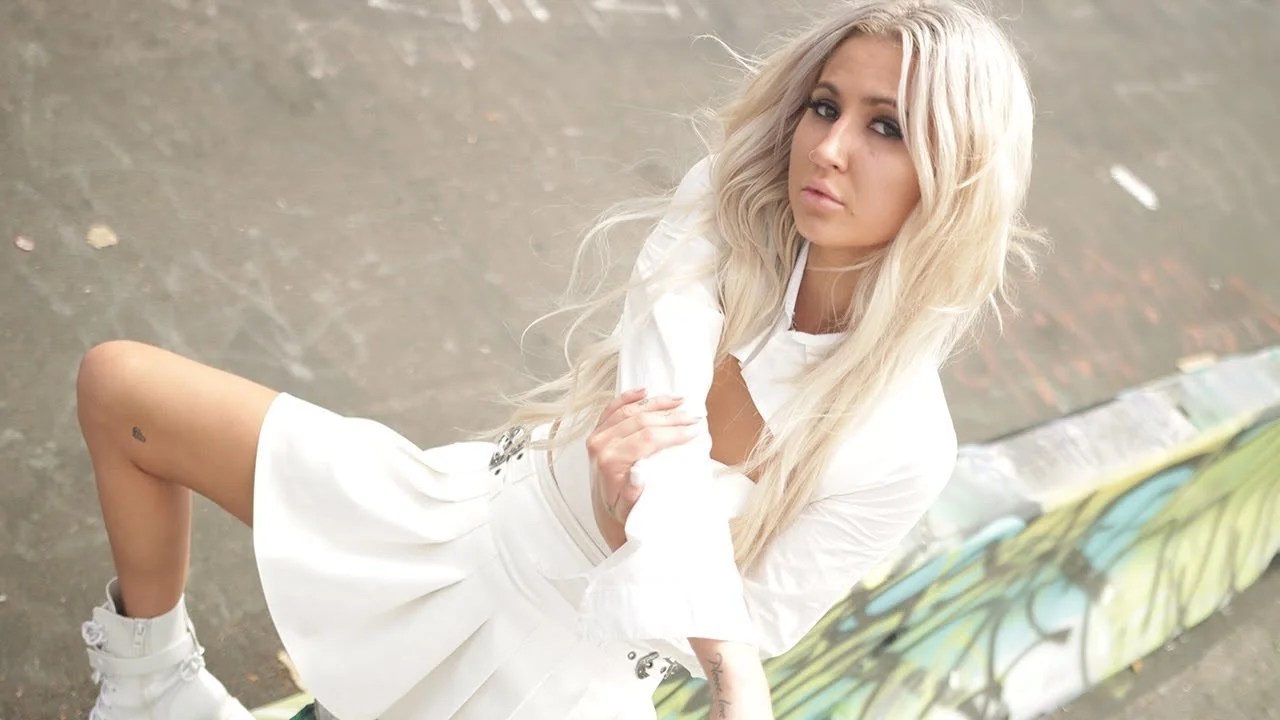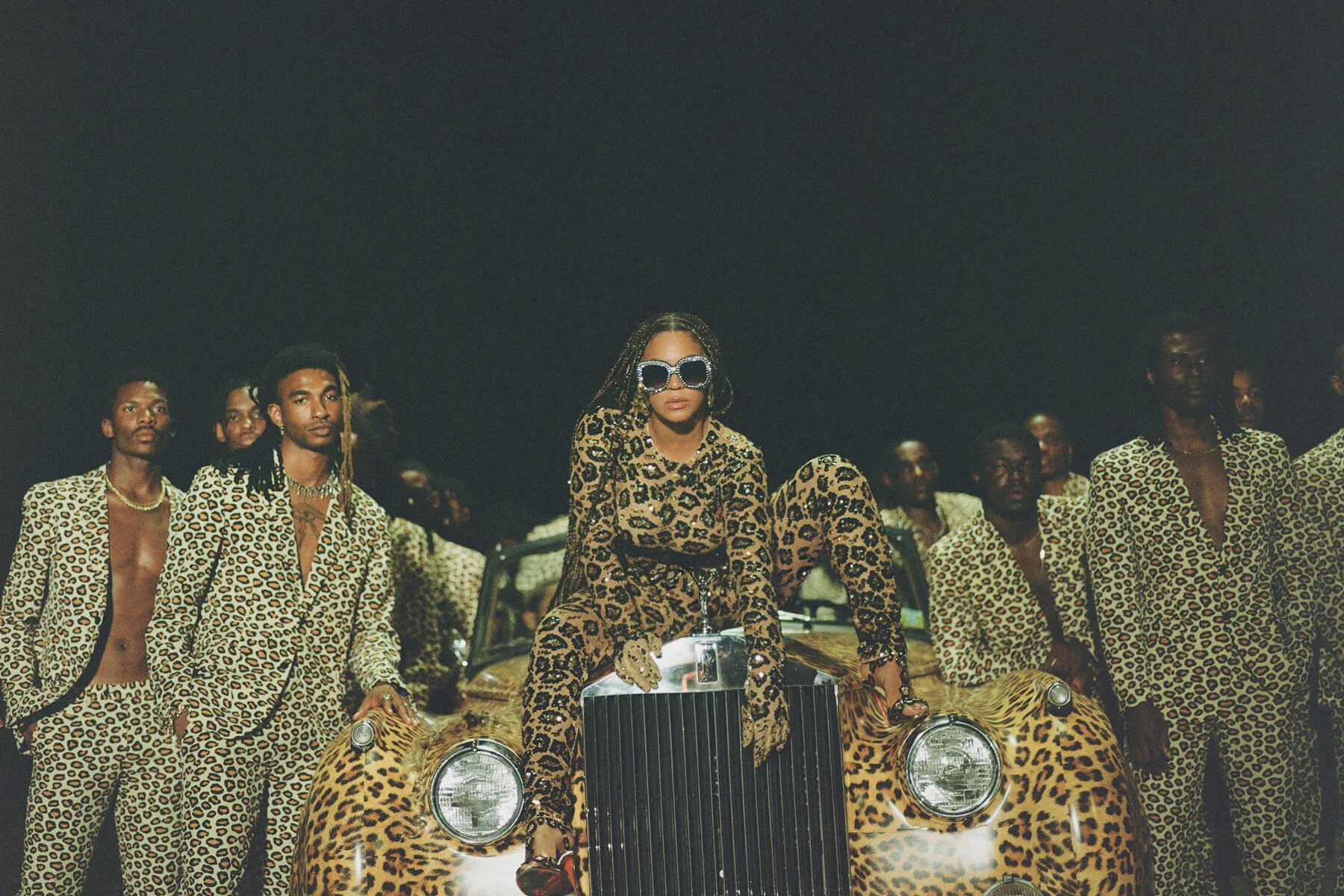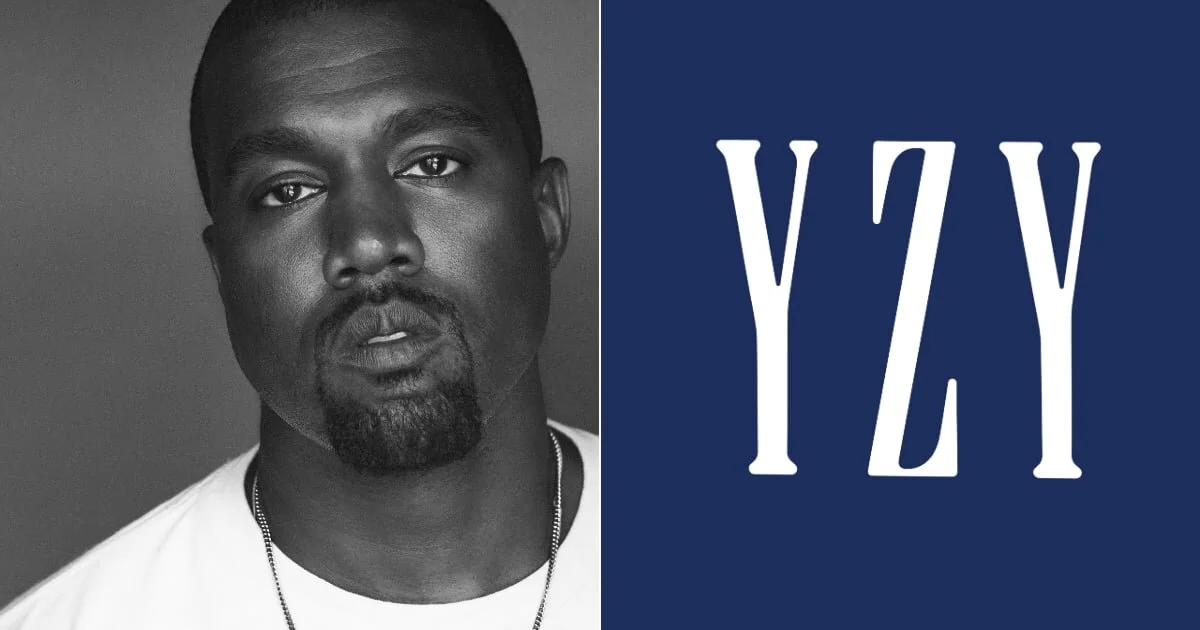The Extreme Art Of Love Via Marina Abramovic

It’s 1973 in Edinburgh, Scotland - A 27 year old girl walks onto an empty stage. On the floor of this stage lyes a big white paper and twenty knives.
The girl puts her left hand on the paper and with rhythmic strokes, takes the first knife and begins playing the Russian game, in which rhythmic knife jabs are aimed between the splayed fingers of one's hand. She goes faster and faster and when she gets hurt, she changes knives.
The audience feels the sense of danger, as their eyes are glued to the knife. They wait, in silence. The girl and the audience become the same entity, the same breath.
The girl feels a strange sensation, as electric vibes come over her body. From that moment, she wishes to feel this feeling for all life.
The girl is Marina Abramovic. The performance is “Rhythm 10” and since that moment, the world of performance art would change forever. Marina not only tested her body, she tested the audience.

Marina Abramovic at the Museum of Contemporary Art in Belgrade, Serbia, where a major retrospective of her work has just opened.Credit...Marko Risovic for The New York Times
In “Rhythm 0” to test the limits of the relationship between performer and audience, she assigned a passive role to herself, with the public being the force that would act on her.
At first no one touches her, but after three hours the performance begins. Some people hit her, while someone else defends her. Someone puts a gun in her hand, in case one of the audience members try to rape her. But she doesn’t move.
In “Rhythm 5” a doctor from the audience saves her from smoking suffocation. In “Thomas Lips” an audience member saves her from the freezing. Every execution becomes a dialogue, a direct
relationship of her actions and the audience's reactions. The real object of execution is actually the audience’s reactions.
Unlike other performance artists, she explores her limits in immense depth, not only physically, but also emotionally. She frees her mind from archetypes. In the trilogy of “Freeing the Voice,” she dances until she faints and she screams for hours, in a visceral scream. She continues to talk in every language she knows, until she forgets how to speak.
Marina is not alone in this. It’s 1976 in Amsterdam, she meets the photographer and artist Ulay. It’s a meeting of the souls. A love that is consumed in art.
They Embark on a relationship that helps each other to evolve as artists. They would begin to perform together, in a duo that would last for twelve years.
From performance to performance they travel the world sleeping in a van because an artist’s house is his/her own body. But during “The lovers” performance, something happens.
After eight months of preparation, they leave on foot. BBC is following their journey to make a movie. They leave on foot, he from the Gobi desert, she from the Yellow Sea, to the two ends of the Great Wall. After 3 more months they meet halfway after a 2,500-kilometer walk.
Meanwhile, Ulay has fallen in love with the translator and gotten her pregnant. "What am I supposed to do now?" he asks Marina when they meet up. "I don't know” - she replies - but “I'm leaving."
They become estranged. The two will never see each other again. In May 2010, 22 years after her heartbreak, Marina is at Moma in New York performing "The Artist is Present."
She’s sitting at a table just waiting with her eyes closed when a visitor sits in front of her. She opens her eyes and for two minutes the two just observe each other in silence.
Seven hours a day, for two weeks, she unexpectedly opens her eyes and faces Ulay. 22 years later. They don’t speak. Their eyes break the silence, their eyes scream all the pending words. Then he leaves his chair. His turn is over.
Marina is all this. A woman that wants to try every human feeling, every extreme condition and shares the experiment with others. The suffering. The cold. The silence. And the love.

